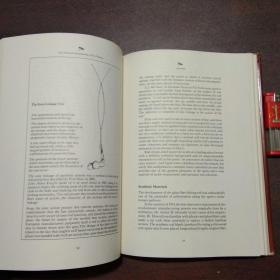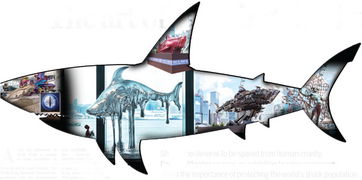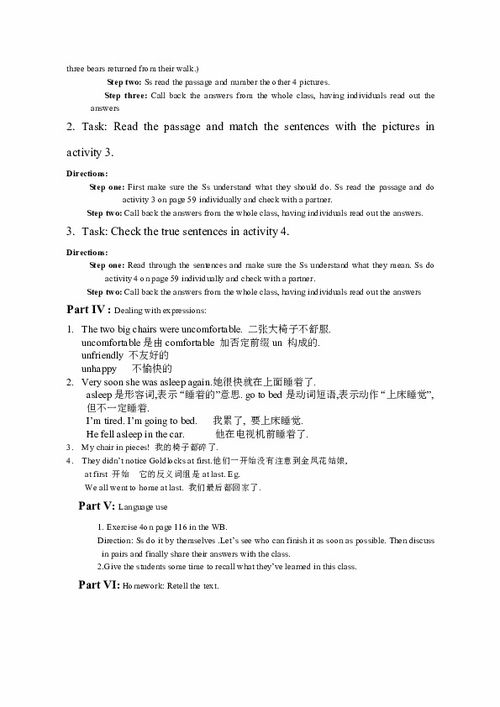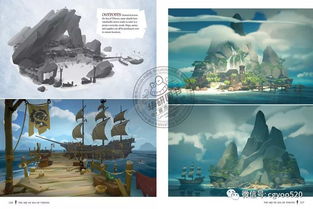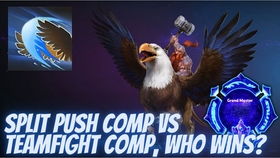Introduction: Trolling is a popular and effective fishing technique used by anglers around the world. It involves dragging a lure or bait behind a moving boat to attract fish. Whether you are a beginner or an experienced angler, mastering the art of tuning your equipment and understanding the basics of trolling can greatly enhance your chances of catching fish. In this article, we will explore the essential tips and techniques for successful trolling at sea.
Choosing the Right Equipment: The first step in mastering the art of trolling is to ensure you have the right equipment. Here are some key components to consider:
a. Rod and Reel: Choose a rod and reel that are suitable for the type of fish you are targeting. Trolling rods should be longer and lighter, with a fast action to handle the sudden strikes from fish.
b. Line: Use a high-quality monofilament or braided line that is appropriate for the fish species and water conditions. Ensure the line is strong enough to handle the fish's fighting power.
c. Lure or Bait: Select a lure or bait that mimics the natural prey of the fish you are targeting. Popular choices include spoons, plugs, and artificial lures that resemble fish, squid, or crustaceans.
Tuning Your Equipment: Proper tuning of your equipment is crucial for successful trolling. Here are some tips to help you get started:
a. Check the Drag: Ensure the drag on your reel is properly adjusted. The drag should be tight enough to handle the fish's fighting power but not too tight that it causes the line to break during a sudden strike.
b. Spool the Line: Make sure your reel is properly spooled with the correct amount of line. Too much line can lead to tangles, while too little can result in losing the fish.

c. Leader Length: Attach a leader of appropriate length to your main line. The length of the leader depends on the fish species and the conditions of the water. Generally, a leader length of 3 to 6 feet is recommended.
Understanding Trolling Speeds: The speed at which you troll plays a crucial role in attracting fish. Here are some general guidelines:
a. Slow Trolling: Trolling at slower speeds (1 to 2 knots) is effective for species that are more cautious or located in deeper water. It allows the lure to move naturally and gives the fish more time to react.
b. Fast Trolling: Trolling at higher speeds (3 to 5 knots) is suitable for active fish or those found in shallow water. Fast trolling can cover more ground and create a more erratic motion, which can attract the attention of fish.
Reading the Water: To increase your chances of success, it's important to understand the water conditions and the behavior of the fish you are targeting. Here are some tips:
a. Observe the Surface: Pay attention to surface activity, such as birds diving or fish breaking the surface. These signs indicate the presence of baitfish and can be good indicators of fish locations.
b. Check the Depth: Use a depthfinder or fishfinder to locate fish in different layers of the water column. Adjust your trolling speed and depth accordingly to target the fish at their preferred level.
c. Adapt to Weather Conditions: Be aware of weather conditions, such as wind and current, as they can affect your trolling efforts. Adjust your speed and direction to compensate for these factors.
Using the Right Techniques: To improve your chances of catching fish while trolling, consider the following techniques:
a. Drift Trolling: Allow your boat to drift naturally with the current, using only the motor to maintain a desired speed. This technique can be effective for targeting fish that are following the current.
b. Jigging: While trolling, occasionally pause your lure or bait and let it sink for a few seconds before reeling it back. This can trigger strikes from fish that are following the lure.
c. Trolling Patterns: Experiment with different trolling patterns, such as zigzagging or zigzagging with stops, to cover more ground and increase the chances of encountering fish.
Conclusion: Mastering the art of tuning your equipment and understanding the basics of trolling can significantly enhance your chances of catching fish at sea. By choosing the right equipment, tuning it properly, understanding the water conditions, and using effective techniques, you can become a proficient troll fisherman. Remember to practice and adapt your approach based on the specific fish species and conditions you encounter. Happy fishing!
